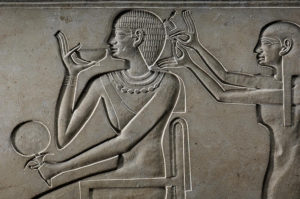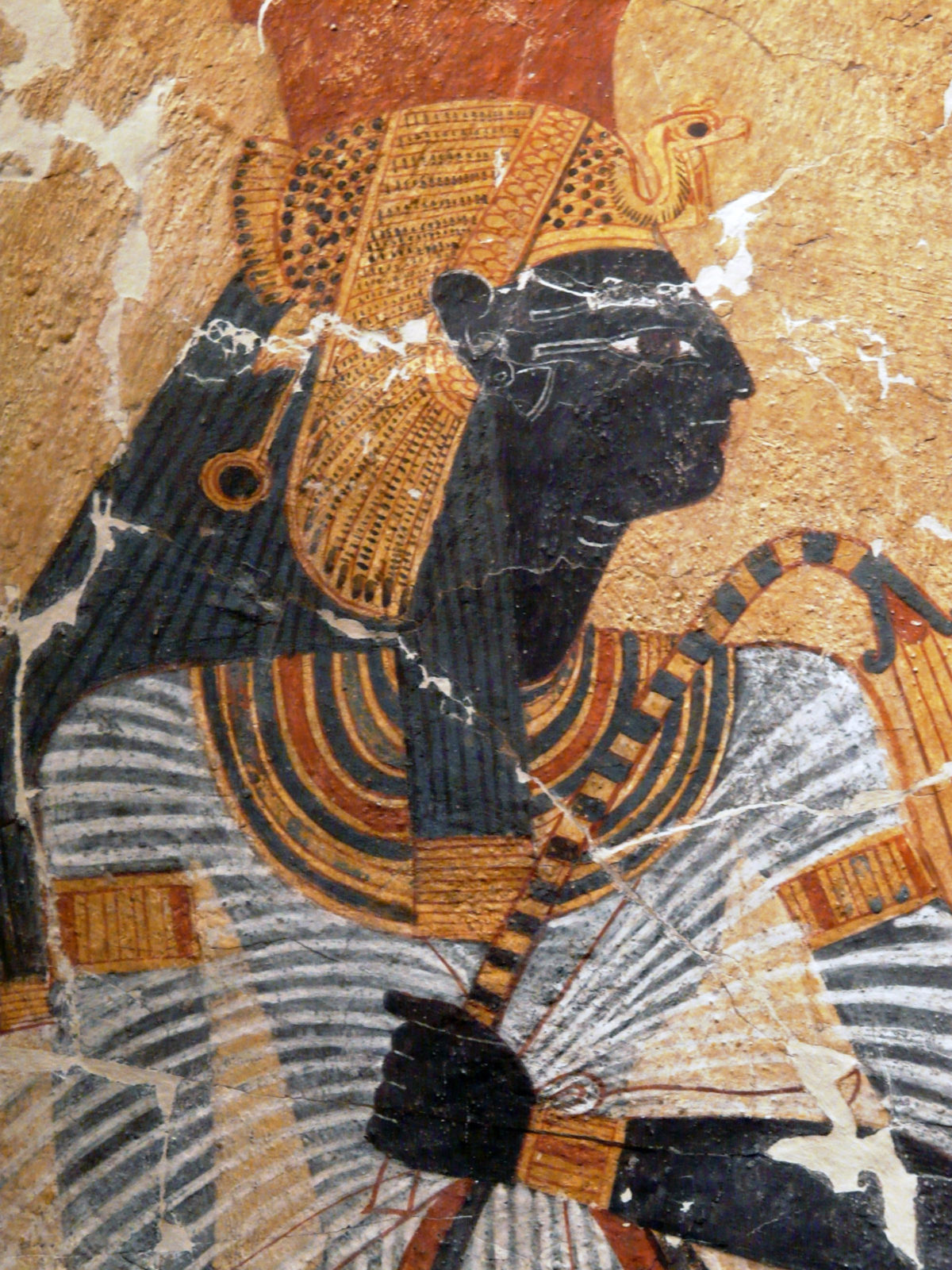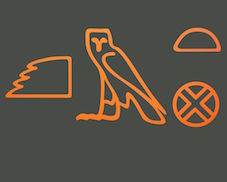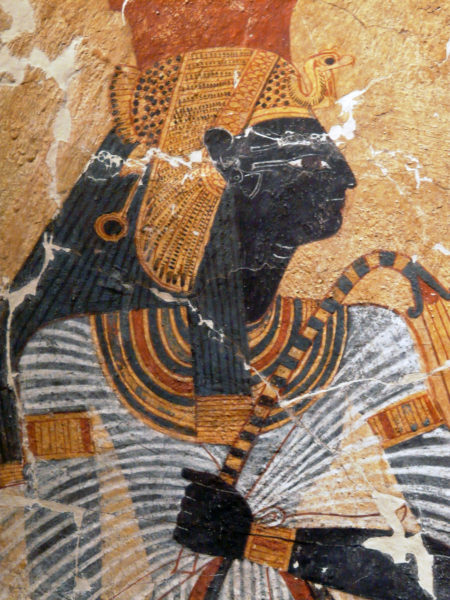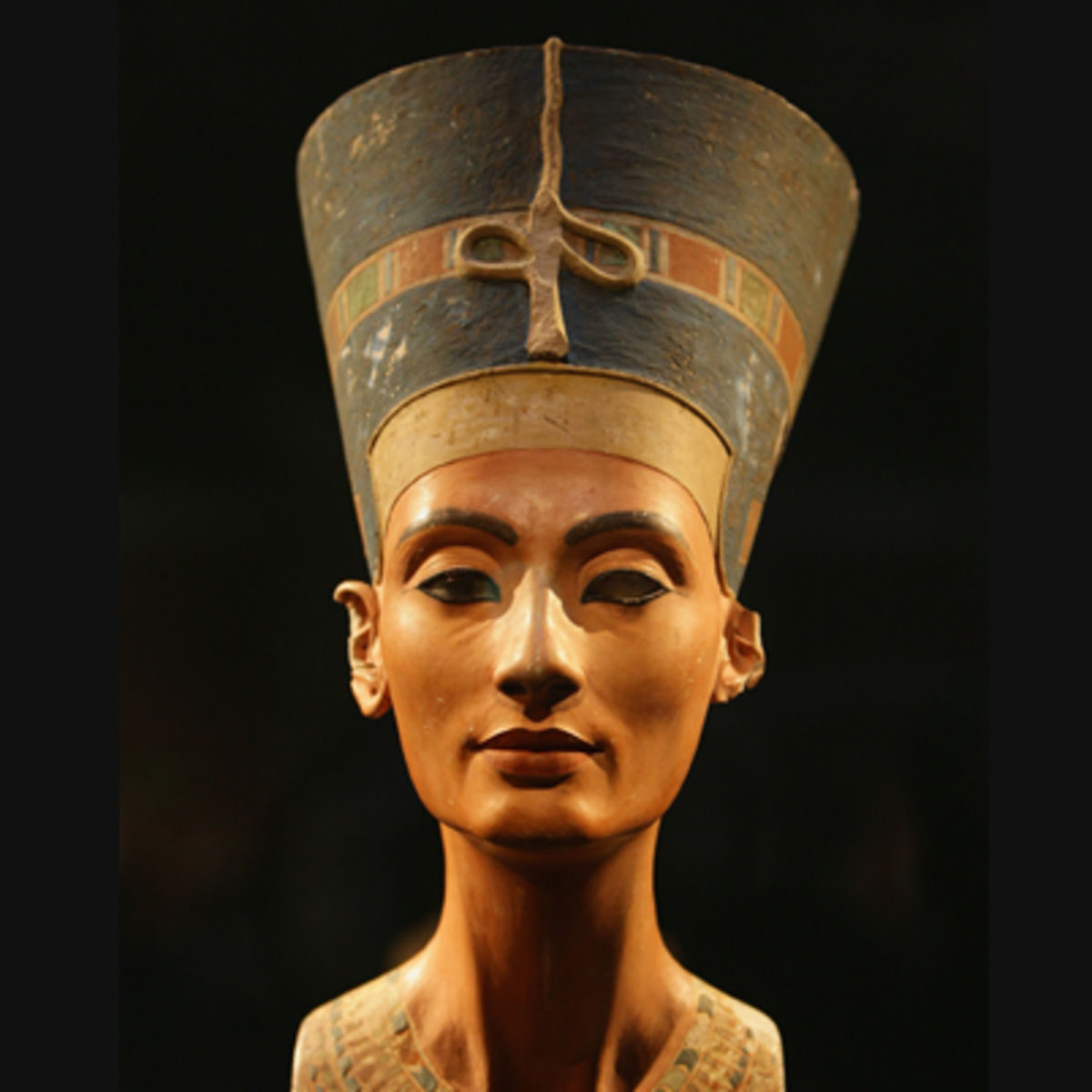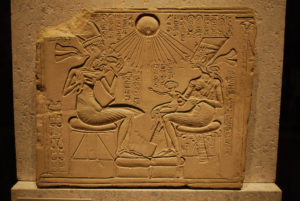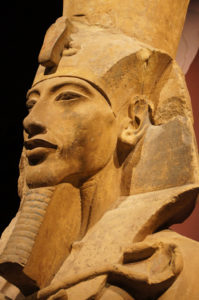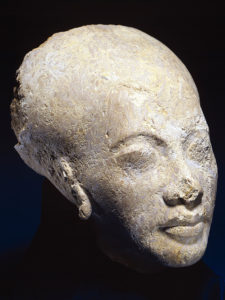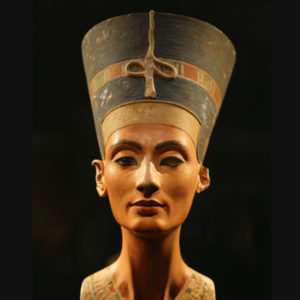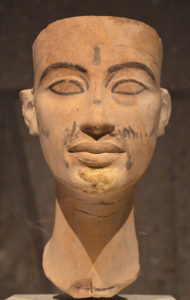Cognitive bias and dissonance
Earlier this week, I witnessed an extreme reaction that resulted from cognitive dissonance. I was delivering a workshop with a focus on the presence of people of African descent in the UK. We looked at evidence from the Roman period, Tudor England, and then referenced African, Black British and Caribbean political activists from the Industrial Revolution through to the twentieth century. We then went on to consider academic studies that showed how the media have distorted and demonised British people who are racialised as Black in contemporary Britain. And how Black British people are treated differently and less favourably in the Criminal Justice System. These contemporary issues came as no surprise to anyone of African descent in the audience. The workshop offered academic evidence that corroborated these experiences and the social psychology prejudice and racism.
A member of the audience left the workshop part way through. When I asked why, she said that it was “all lies”, that I was “anti-White” and that the workshop was subjective because it did not give examples of “Africans treating White people differently”. As she spoke, she was visibly upset and indeed described herself as such. Had she stayed until the end of the workshop, she would have realised, but probably denied, that she was suffering from cognitive dissonance.
The role of history in the formation of social identity
We each have two different types of self: 1. social identity, which relates to the groups we belong to; 2. personal identity, which not surprisingly is defined by our personal traits and relationships.
In a recent comment Nicole asked:
Why are we hated as a people? Is it fear?
Some groups we choose to belong to, for example political or social groups. However, when it comes to racialised groups, society determines where we are placed solely on the grounds of our appearance. ‘Race’ is a social construct and its advocates implemented a racial and social hierarchy to control and oppress entire groups of people. In doing so, members of the European societies who proposed the concept of ‘race’ elevated themselves and their own group.
Presenting history from a Eurocentric perspective is one means of distorting and maintaining hierarchal group identities. I have interviewed many people who state quite clearly that they feel history does not impact on who they are; but history is no different to any other influence on group identities, such the media.

I’ll give an example. When I tell people that I research and teach ‘Black’ history they will often assume that I specialise in the history of the enslavement of African peoples (see image above). When I correct them and state that this is only a small part of African history and it is not the area that I specialise in, they often look confused and surprised. It’s not that they necessarily want this to be the only history, but it is the only one they are familiar with. This in turn has the potential not only to impact on people of the African Diaspora, who struggle to access a more balanced history of their cultures, but it will influence how people who are of non-African descent view them and also see their group identity.
In the case of Kemet, not only does introducing this as an African culture challenge the narrow definitions that some people have when it comes to African history, but it removes Egypt from European historical cultural achievement. By changing the historical identity of one ‘group’ it impacts on the other.
Racism
I have researched the impact of racism, with particular reference to people of African, Black British and Caribbean descent in the UK, for the past 10 years. For many people whose ethnic background forms the majority in the UK, it is shocking to accept that our society does not treat people equally. In some cases, like the example I started this post with, they do not wish to accept the results of academic research, or to hear individual experiences of injustice and unfair treatment solely on the grounds of a racialised identity. As a result of this, and because they belong to the majority group (again through no choice of their own), some people react defensively when they are presented with examples of inequality. This is an example of what social psychologists define as ‘new racism’.
Then there are those people, fortunately in a minority, who are openly racist and have a pejorative view of people from other racialised and cultural groups. Their responses to the idea to Egypt (Kemet) as an African culture are more subjective, extreme and dismissive.
Finally, institutional racism plays a key role. The definition given by Sir William Macpherson in his report: The inquiry into the matters arising from the death of Stephen Lawrence (1999) is, in my opinion, the best to date. He defined institutional racism as:
The collective failure of an organisation to provide an appropriate and professional service to people because of their colour, culture or ethnic origin. It can be seen or detected in processes, attitudes and behaviour which amount to discrimination through unwitting prejudice, ignorance, thoughtlessness and racial stereotyping.
If museums, educational providers, and the media fail to promote even the possibility that Ancient Egypt was African, they are failing to provide an appropriate and professional view of African heritage and cultures. The reticence of some key institutions to promote African cultures from an African perspective creates a distorted view of the past. This, potentially, supports a majority group hierarchy; risks promoting bias and dissonance; and enables racists to justify their distorted view of the world.
